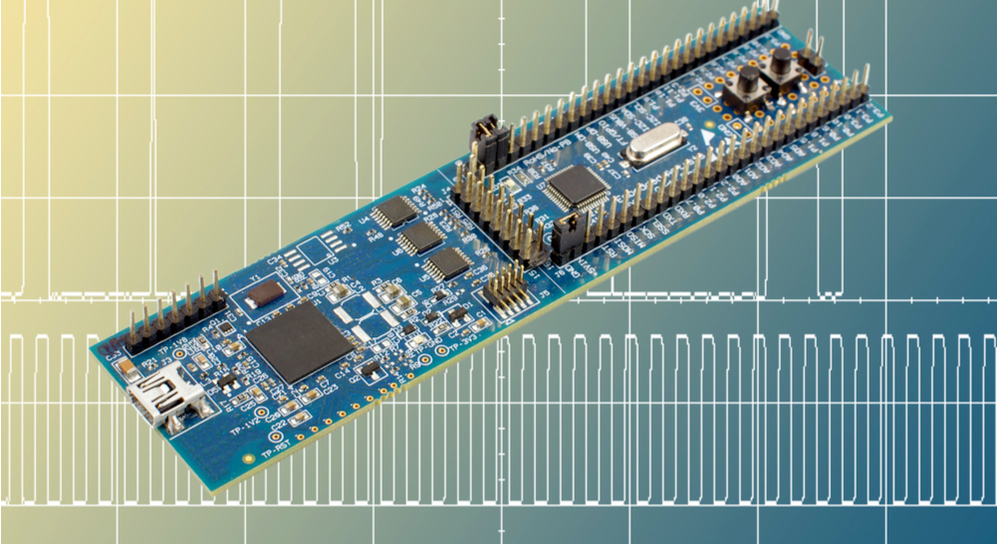Mastering Electrical Circuit Design with Altium Designer: A Comprehensive Guide

Introduction: Altium Designer is a powerful software tool used by electrical engineers and designers for designing and creating printed circuit boards (PCBs) and electrical circuits. With its intuitive interface, advanced features, and comprehensive library of components, Altium Designer provides engineers with the tools they need to design, simulate, and manufacture high-quality electronic products. In this comprehensive guide, we’ll explore the intricacies of designing electrical circuits in Altium Designer, covering everything from schematic capture to PCB layout and manufacturing.
Section 1: Understanding Altium Designer Basics 1.1 Introduction to Altium Designer: Get acquainted with the Altium Designer software and its capabilities for electrical circuit design. Understand the role of Altium Designer in the electronics design process, including schematic capture, component management, PCB layout, simulation, and manufacturing. Explore the various modules and features of Altium Designer, such as the schematic editor, PCB editor, library manager, and design rule checker.
1.2 Installing Altium Designer and Setting up the Workspace: Before you can start designing electrical circuits in Altium Designer, you’ll need to download and install the software on your computer. Altium Designer is available for Windows operating systems and can be obtained from the Altium website. Launch Altium Designer and familiarize yourself with the user interface, including the project panel, schematic editor, PCB editor, and output generators, where you’ll create and manage your design projects.
Section 2: Schematic Capture and Component Placement 2.1 Creating Schematic Symbols: Start designing electrical circuits in Altium Designer by creating schematic symbols for each component in your design. Learn how to use the schematic editor to draw symbols for resistors, capacitors, inductors, integrated circuits, connectors, and other electronic components. Define pin names, pin numbers, and electrical properties for each symbol to accurately represent the behavior and connectivity of the component in the circuit.
2.2 Placing Components and Wiring Connections: Place components onto the schematic sheet and connect them together using wires, nets, and buses in Altium Designer. Learn how to navigate the component libraries and search for specific components using the library panel. Use the component placement tools to position components on the schematic sheet and the wire drawing tools to create electrical connections between components. Organize components and wires logically to improve readability and maintainability of the schematic.
Section 3: Design Rule Checking and Simulation 3.1 Design Rule Checking (DRC): Perform design rule checking (DRC) in Altium Designer to ensure that your schematic design meets electrical design rules and constraints. Configure design rules such as clearance, minimum trace width, minimum via size, and signal integrity constraints to enforce design guidelines and prevent common electrical design errors. Run the DRC tool to identify and resolve violations in your schematic design before proceeding to PCB layout.
3.2 Circuit Simulation: Simulate the behavior of your electrical circuits in Altium Designer to verify functionality and performance. Learn how to set up simulation profiles, define simulation parameters, and select analysis types such as transient analysis, AC analysis, or DC sweep analysis. Use the simulation results to analyze voltage waveforms, current waveforms, frequency responses, and other electrical characteristics of your circuits, and make informed design decisions based on simulation data.
Section 4: PCB Layout and Routing 4.1 Transferring to PCB Editor: Transfer your schematic design to the PCB editor in Altium Designer to create the physical layout of your PCB. Learn how to synchronize the schematic and PCB designs, including component placement, connectivity, and design changes. Familiarize yourself with the PCB editor interface, including the workspace, design toolbar, layer stack manager, and component placement grid, where you’ll create and edit the PCB layout.
4.2 Component Placement and Routing: Place components onto the PCB layout and route electrical connections between components using traces, vias, and pads in Altium Designer. Learn how to optimize component placement for signal integrity, thermal management, and manufacturability. Use the interactive routing tools to create traces between components, including manual routing, auto-routing, and interactive routing modes. Follow best practices for routing signals, power planes, and ground planes to minimize signal interference and ensure reliable electrical connections.
Section 5: Design Validation and Documentation 5.1 Design Validation: Validate the integrity and manufacturability of your PCB design in Altium Designer using design rule checking (DRC), electrical rule checking (ERC), and signal integrity analysis. Run the design rule checker to identify and resolve violations in your PCB layout, including clearance violations, trace width violations, and solder mask clearances. Perform signal integrity analysis to evaluate signal integrity issues such as signal reflections, crosstalk, and impedance mismatches.
5.2 Generating Documentation: Generate comprehensive documentation for your PCB design in Altium Designer, including schematic diagrams, PCB layouts, assembly drawings, and fabrication files. Learn how to generate Gerber files, NC drill files, and assembly drawings for manufacturing, as well as bill of materials (BOM) and assembly instructions for assembly and testing. Customize the documentation templates and settings to conform to company standards and industry practices.
Conclusion: Altium Designer provides engineers and designers with a comprehensive platform for designing high-quality electrical circuits and printed circuit boards (PCBs) efficiently. By mastering the fundamentals of electrical circuit design in Altium Designer and exploring advanced techniques and workflows tailored for electronic design automation (EDA), engineers can unleash their creativity and innovation to develop cutting-edge electronic products and solutions. With practice, experimentation, and continuous learning, engineers can leverage the full potential of Altium Designer to optimize, innovate, and excel in electronic design and manufacturing.




